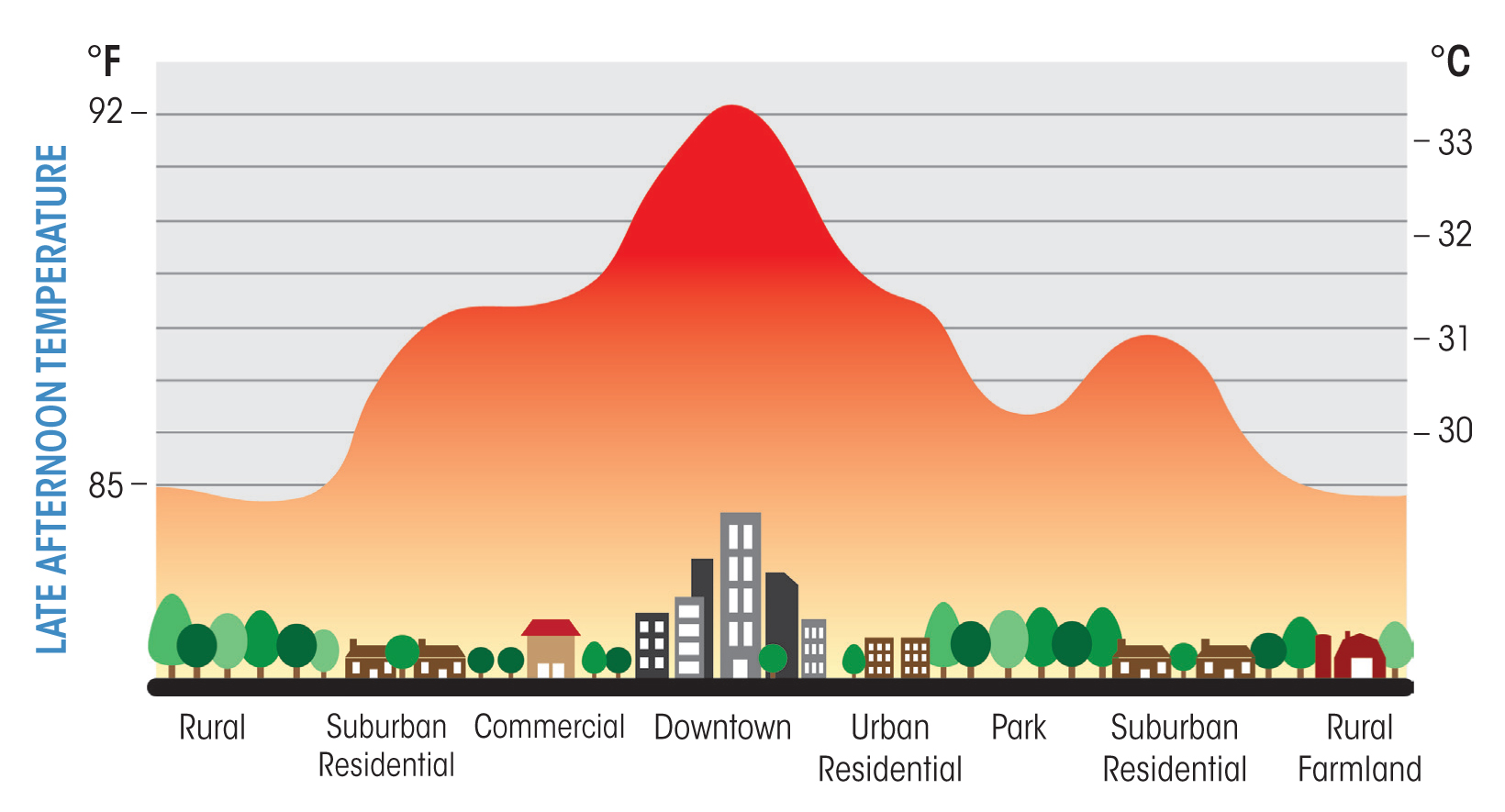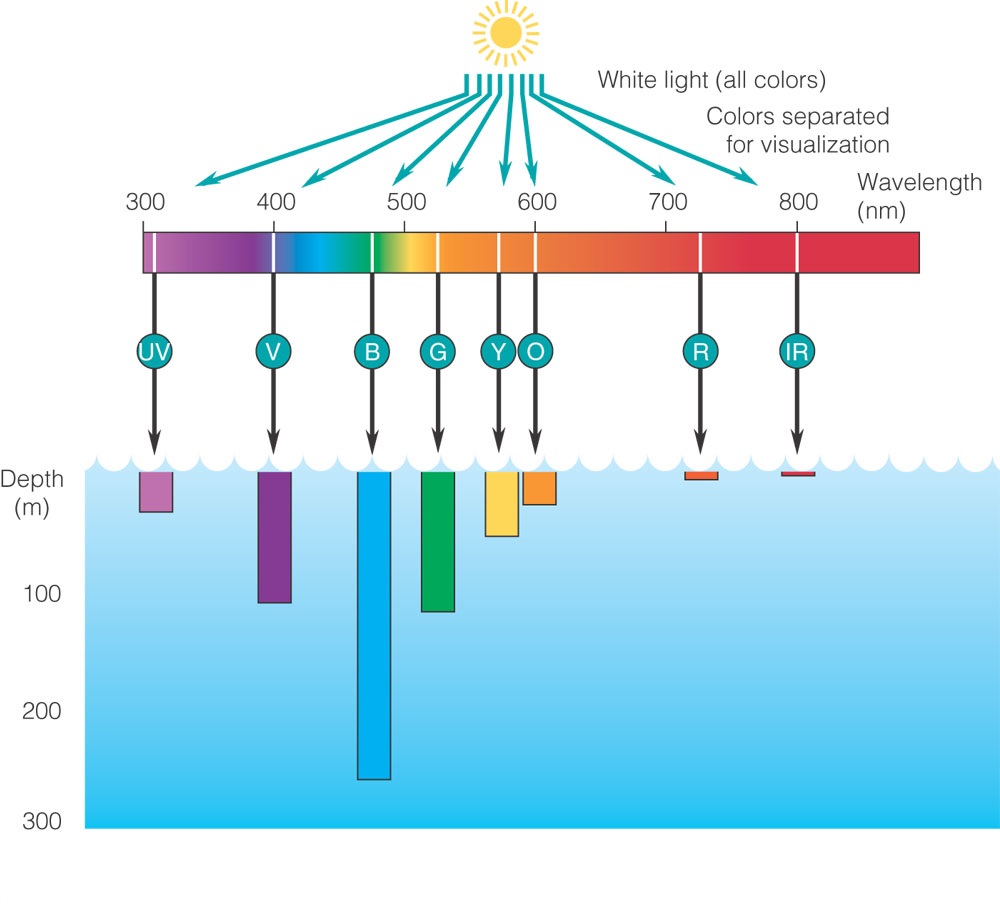-
Chapter 2: POLLUTION AND CONTROL
Introduction
An average human needs 12-15 times more air than food.
Particulate matter of size 2.5 microns or less causes greatest harm to humans. These can’t be removed even by electrostatic precipitators which remove 99% of all particulate matter from exhaust of thermal power plants.
Even
for cars that emit toxic fumes, the presence of catalytic
converters is essential. In these converters metals like
platinum – palladium, rhodium are present. These convert
the un-burnt hydrocarbons, carbon monoxide, and nitric
oxide into water, carbon dioxide and nitrogen gas.
But unleaded petrol must be used otherwise the catalyst in the converters are inactivated by lead.
Triethyl lead is used as an anti knock agent for smooth running of vehicles. The lead if inhaled then causes damage to kidney, liver and development of red blood cells.
In
cities,
clouded high rise buildings trap the warm air and thus
raise the temperature of the cities. These creates Urban
Heat Islands.

Fig 1: Urban heating effect
Iron and steel industries produce blast furnace slag, steel melting slag and fly ash. This is non biodegradable and now it’s used by cement industry to make blended cement.
Global warming is the rise of temperature of the earth due to absorption of long wave terrestrial radiation by the green house gases. 3°c increase can lead to decrease in precipitation by 10%. It will cause polar icecaps to melt and flood the coastal areas. Coastal ecosystems like swamps and marshes will be damaged. Rainfall may fluctuate and grains may mature early leading to smaller grain size and lower yield. Hurricanes, tornadoes may increase in intensity. Temperate areas might lose soil moisture lowering agricultural productivity.
Due to rise in water temperatures the smaller fishes are migrating to other areas and the bigger fishes are affected. Big fishes may become extinct affecting marine ecosystem and livelihoods of fishermen.
The UV radiations from the sun are of three categories – A, B, C. UV- C radiations are the most damaging to humans.
Air Pollution - China and India
Although the deaths recorded due to outdoor air pollution is higher in China than India. The rate of growth of air pollution deaths and the deaths per lakh population is higher in India. So more people die here due to outdoor air pollution.
The indoor air pollution deaths mostly due to cooking from fossil fuels is also higher in India than China. The measures taken by India to reduce indoor air pollution related deaths like promotion of LPG and CNG for cooking has reduced the number of deaths.
However the deaths due to outdoor air pollution have only increased due to increase in cars, and power plants. India had set emission standard norms for power plants in 2015 but not 1 has implemented them fully.
Water pollution and control:
When sewage water is released in the rivers the microbes use up more oxygen for degradation as it’s oxygen requiring process. This increases the biochemical oxygen demand. The oxygen isn’t available for aquatic animals and plants and hence they die.
When
excess nutrients are present in soil the planktonic
organisms bloom and hence the competition for fishes and
other plants increase. This leads to algal bloom and fish
mortality. The water quality also deteriorates. This is
called Accelerated
Eutrophication.
An algal weed named water hyacinth is known as the terror of Bengal for its fast growing rate.
Limit of photosynthesis i.e. Penetration of sunlight below the ocean surface is 125m.

Fig 2: Light and ocean
Thermal pollution is caused when the heated water released by thermal, nuclear, chemical industries is released into river, seas and oceans. The aquatic animals are suited to a constant temperature and when the temperature increases above a range it affects them. The hot water increases their metabolism and affects their growth.
Mosquito borne diseases related with water:
- Malaria – female anopheles mosquito
- Filariasis – Culex mosquito
- Dengue – Aedes Aeqypti
International drinking standards for water:
- Fluoride: the concentration of fluorine in water should be 1 ppm. This converts the hydroxyapatite on the surface of the teeth into flourapatite thus hardening them.
- Lead: the concentration should e 50 ppm otherwise it will damage health.
- Sulphate: <500 ppm otherwise it has laxative effect.
- Nitrate: <50 ppm otherwise causes blue baby syndrome or Methemoglobinemia.
- Minamata disease caused due to mercury poisoning as high quantity of mercury was released in water.
- Itai – Itai disease is caused by cadmium poisoning. Lead causes displexia.
- Black lung disease or pneumoconiosis is due to deposits of coal in lungs of miners.
85% of Indian population depends on ground water for its domestic consumption.
Radiation:
It is a form of energy travelling through space.
Non ionizing: these are electro-magnetic waves with long wavelengths that have energy to excite the electrons to vibrate faster but not to ionize them.
Ionizing: These are of short wavelengths and cause ionizing of water molecules. These break the chemical bonds and damage living tissues.
Radiation damage can be somatic or genetic. Somatic doesn’t affect genes or mutation. Genetic affects genes resulting in birth defects. These are passed on to the next generation.
Solved Question Papers
Q.Among the following organisms, which one does not belong to the class of other three? (UPSC CSAT 2014)
Crab
Mite
Scorpion
Spider
Ans . A
Mite, Scorpion and mite are Arachnids, while Crab is a Crustacean
Q.Which one of the following is the correct sequence of a food chain? (UPSC CSAT 2014)
Diatoms-Crustaceans-Herrings
Crustaceans-Diatoms-Herrings
Diatoms-Herrings-Crustaceans
Crustaceans-Herrings-Diatoms
Ans .
Diatoms are under primary producers / autotrophs
Crustaceans are under consumers / heterotrophs
Herrings feed on Crustaceans
Q.There is some concern regarding the nanoparticles of some chemical elements that are used by the industry in the manufacture of various products. Why?
They can accumulate in the environment, and contaminate water and soil.
They can enter the food chains.
They can trigger the production of free radicals.
Select the correct answer using the code given below. (UPSC CSAT 2014)
1 and 2 only
3 only
1 and 3 only
1, 2 and 3
Ans . D
Q.Which of the following are some important pollutants released by steel industry in India?
Oxides of sulphur
Oxides of nitrogen
Carbon monoxide
Carbon dioxide
Select the correct answer using the code given below. (UPSC CSAT 2014)
1, 3 and 4 only
2 and 3 only
1 and 4 only
1, 2, 3 and 4
Ans . D
Q.Brominated flame retardants are used in many household products like mattresses and upholstery. Why is there some concern about their use?
They are highly resistant to degradation in the environment.
They are able to accumulate in humans and animals.
Select the correct answer using the code given below. (UPSC CSAT 2014)
1 only
2 only
Both 1 and 2
Neither 1 nor 2
Ans . B
Polybrominated diphenyl ethers (PBDEs) are used as flame retardants
They’re persistent, bio-accumulative, and toxic to both humans and the environment.
Q.The scientific view is that the increase in global temperature should not exceed 2 °C above pre-industrial level. If the global temperature increases beyond 3°C above the pre-industrial level, what can be its possible impact/impacts on the world?
Terrestrial biosphere tends toward a net carbon source
Widespread coral mortality will occur.
All the global wetlands will permanently disappear.
Cultivation of cereals will not be possible anywhere in the world.
Select the correct answer using the code given below. (UPSC CSAT 2014)
1 only
1 and 2 only
2, 3 and 4 only
1, 2, 3 and 4,
Ans . B
Beyond 3 degree rise in global temperature, the cereal crop yield will decrease by 20% in low-altitudes.
Quiz
Score more than 80% marks and move ahead else stay back and read again!